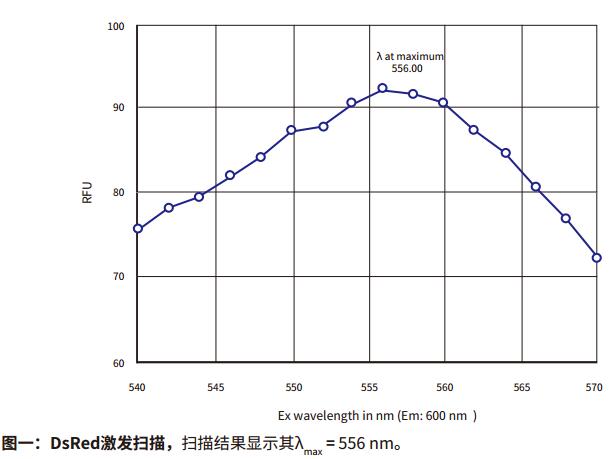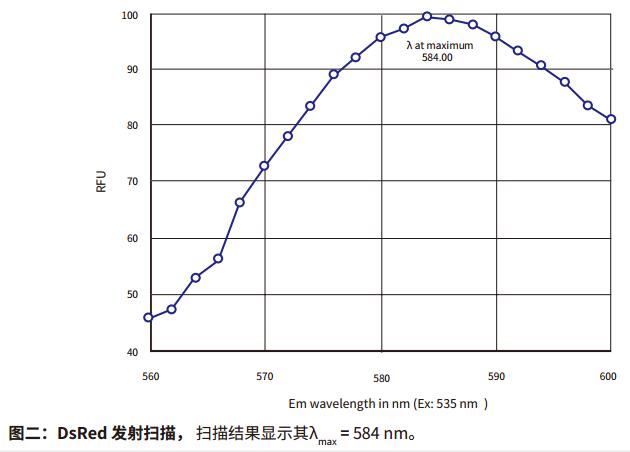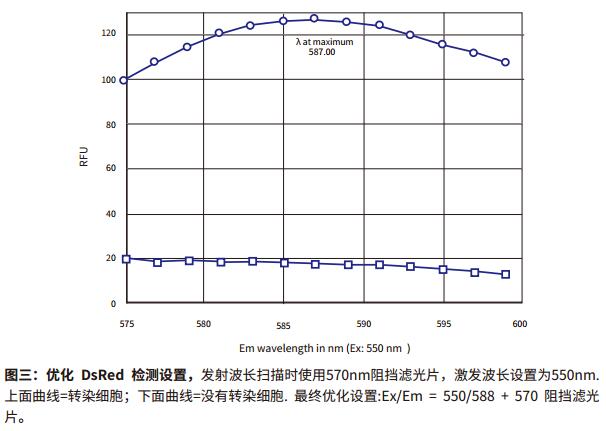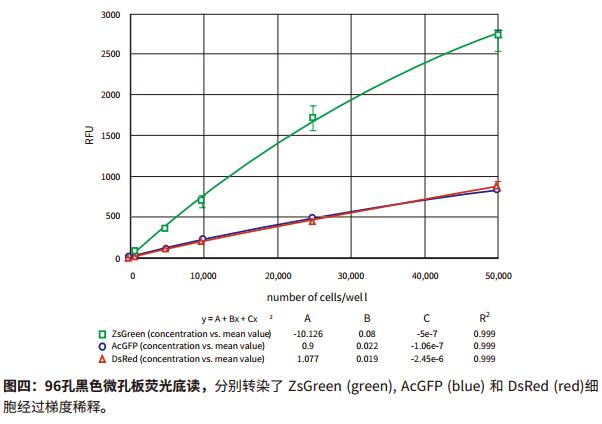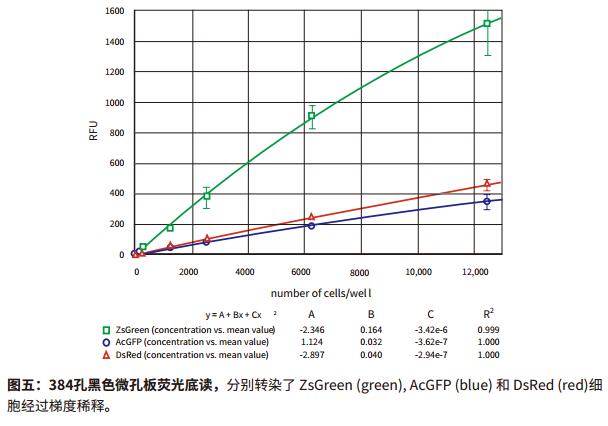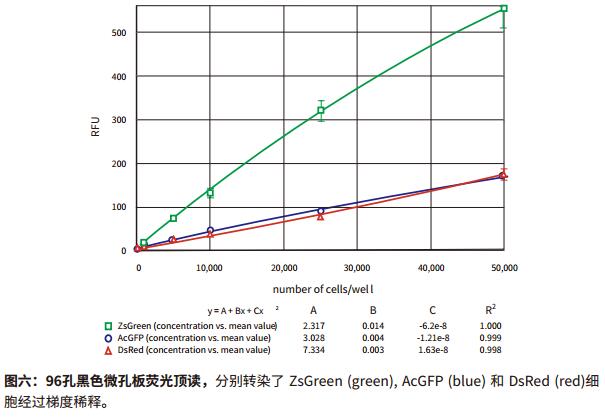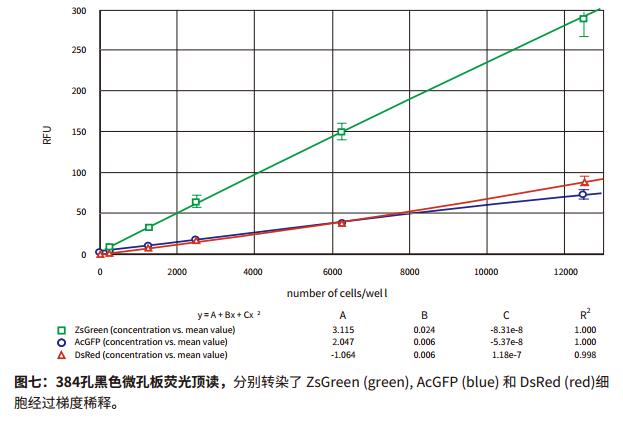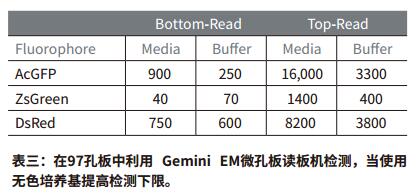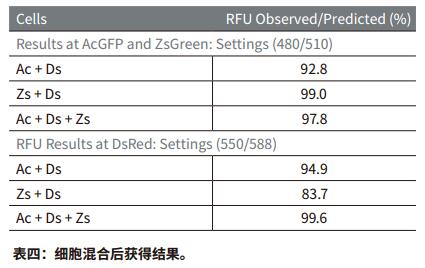Introduction In the past five years, fluorescent proteins have played an increasingly important role in monitoring in vivo biological research. Green fluorescent protein (GFP) from Victoria multi-tube luminescent jellyfish is the first fluorescent protein we have applied, but over time, the types of fluorescent proteins we can use now are more abundant, including enhanced variant GFP. Protein, fluorescent proteins and coral reef proteins found in other species of jellyfish. They can all be cloned and replicated in numerous cells and tissues, from bacteria to yeast, from plants to mammals. These fluorescent proteins are stable, have low cytotoxicity, and produce visible fluorescence in the body without additional assistance. Thus, they can be used as molecular targets or as independent reporters to visualize, track and quantify a variety of different cellular processes, including cell synthesis and metabolism, protein transport, gene induction, and cell lineage. Different fluorescent proteins have different colors and can therefore be used for multiplex detection. These fluorescent proteins can be detected by fluorescence microscopy and flow cytometry. But correspondingly, if we don't do cell sorting or monitor intracellular migration, a microplate reader with fluorescence will be a better, more convenient, and more versatile option. Below, we will show you how the Molecular Devices microplate reader uses "non-invasive" technology to detect live cell fluorescent proteins. We performed stable transfection of different fluorescent proteins from three HEK-293 cell lines obtained from Clontech. The purpose of this study was to: 1) optimize the wavelength setting of the three cell lines, 2) determine the lower limit of detection LLD by diluting the cell line, and 3) demonstrate the feasibility of identifying another cell line in one cell line. Advantage - Easy-to-use "non-invasive" technology for detecting fluorescent proteins in living cells material - The HEK-293 cell line stably expresses three fluorescent proteins: method Cell preparation and analysis The cells were cultured in a large flask, and a medium containing DMEM containing 10% FBS + 1% Pen / Strep / L-glutamine + 500 μg / mL G418 was used. HEK-297 cells that were not transfected served as controls. One night before the experiment, the cells were trypsinized and then subjected to density gradient dilution, with a final density ranging from 500,000 to 100 cells per milliliter. They were then inoculated overnight into 96 well (100 ul) and 384 well (25 ul) plates. Therefore, the density of cells seeded is 50,000 to 10 cells per well (96-well plates) and 12,500 to 2.5 cells per well (384-well plates). Make 12 repetitions for each dilution. On the second day, the microplates were subjected to bottom reading and top reading using SpectraMax M5 and GeminiEM. Wavelength optimization The SpectraMax M5 and Gemini EM are both monochromator-based, scanning, microplate readers with fluorescence capabilities. For each particular fluorescent dye, both the excitation and emission wavelengths can be optimized over the background, which is not available with the filter microplate reader. In general, the optimization strategy is: excitation with excitation light below the theoretical maximum excitation wavelength of 20-25 nm, and then initial emission of the emission wavelength; secondly, excitation of the excitation wavelength with an emission of light higher than the theoretical maximum emission wavelength of 20-25 nm. The actual excitation and emission wavelengths will be given after scanning. Finally, additional signal scans can be combined with the signal/background analysis to determine the final result. (According to Stockton's displacement theory, the excitation wavelength should be lower, the emission wavelength should be higher, and an emission light blocking filter is needed to isolate the non-target wavelength optical signal). And there may be two more scans because you want to choose the best barrier filter. result Wavelength optimization Wavelength scanning of DsRed with GeminiEM provides an example of how to optimize wavelengths. To detect the maximum excitation wavelength, we first fixed the emission wavelength to 600 nm and then scanned the emission wavelength. The scan results showed a maximum excitation wavelength of 556 nm (Fig. 1). Also to detect the maximum emission wavelength, we fixed the excitation wavelength to 535 nm and then scanned the emission wavelength to obtain the result at 584 nm (Fig. 2). Both the excitation and emission values ​​are similar to the published wavelength results of 557/579. The next step is to determine the optimal excitation and emission wavelengths in conjunction with the signal/background optimization results. Because the Stoke shift of the preliminary test results is small (22nm), it is obvious to increase the difference between the two by reducing the excitation wavelength and increasing the emission wavelength. Secondly, it is necessary to find a suitable emission light barrier filter to optimize the best. Sensitivity. Finally, we used an excitation wavelength of 550 nm to excite while using an 570 nm emission blocking filter to isolate unwanted excitation light above 570 nm. DsRed transfected cells were scanned by an emission wavelength of 575 to 600 nm, and the results showed a peak appeared at 587-588 nm (Fig. 3, upper curve). In the background (cells that are not transfected), the spots are relatively flat (Figure 3, lower curve). Based on this scan, our final optimized settings were 550 nm excitation, 588 nm emission, and 575 nm as the emission light blocking filter. The maximum values ​​observed and the settings we recommend for qualitative analysis are summarized in Listing 1. Cell dilution results The cell dilution results obtained using the bottom reading are shown in Figure 4 (96-well plate) and Figure 5 (384-well plate). The top reading results are shown in Figure 6 (96-well plate) and Figure 7 (384-well plate). The brightness of the ZsGreen cell line (curve above) is nearly 3.5 times that of the other two cell lines. Although the results of the DsRed cell line are darker than ZsGreen, the sensitivity of the two cell lines is similar (bottom of Figure 2) because the background value is lower than the wavelength of DsRed. In general, the points in the figure are slightly non-linear, with a slight drop at the top. We conclude that because cells tend to adhere to the wall at high concentrations, they can cause non-linear results. Listing 2 gives the lower limit of detection LLD confirmed by all cell lines. The calculation method of LLD is: 3*SDBLANK/Slope, SDBLANK is the standard deviation of the background hole (medium without cells), and Slope is the slope at the bottom of the curve. (For 96-well and 384-well plates, data for 10,000 cells per well and 2500 cells per well were used). The RFU signal and standard deviation results for non-transfected cells were similar to those for media alone. In this experiment, both the ZsGreen and DsRed cell lines have similar detection limits in the bottom-reading mode, and both are three to four times lower than the lower limit of detection of the AcGFP cell line. The experiment was repeated a total of three times, but the results of the DsRed experiment did not always perform well enough. In one experiment, its detection limit was similar to AcGFP, but in another experiment, its lower detection limit was high. We attribute these differences to the number of channels in different cell lines. (The darker the cell becomes with a successful channel.) The DsRed cell line grows faster than other cell lines at the beginning of the experiment, so in the first experiment it was 2-4 times more than other cell lines. The result of the channel is obviously not ideal. For the AcGFP and ZsGreen cell lines, the upper limit of detection was nearly three times higher when using top reading. On the other hand, for DsRed, when top reading is used, the detection limit will increase by nearly 10-20 times. We believe that the reason for this decrease in sensitivity is that the DMEM medium has a red fluorescent signal that has internal interference with the results. It has also been proven that by changing the medium to a colorless HBSS, the corresponding DsRed top reading results will also be better. Listing 3 shows the results of replacing the colored medium with a colorless medium. There was not much change in the bottom reading (although the lower detection limit of AcGFP appeared to improve), demonstrating that this method of operation did not result in cell loss. However, the top reading results in a nearly threefold improvement in sensitivity. These results also support a theory in one aspect that the colored medium will affect the sensitivity of the top reading to some extent. Cell mixing result In this experiment, we mixed a variety of cells in a 96-well plate to ensure approximately 50,000 cells per well. Therefore, if it is a 1:1 blend, there will be 25,000 per cell. If it is 1:1:1, there will be 16,700 cells per cell. The assay plates were tested with excitation and emission of 480/510 nm (optimized results for AsGFP and ZsGreen) and 550/588 nm (DsRed settings), respectively. The observed RFU values ​​are close to the predicted values. The results are summarized below. The results show that AsGFP and ZsGreen can be detected together with DsRed and vice versa. (See Figure 4) in conclusion Molecular Devices' fluorescent microplate readers detect fluorescent proteins in intact adherent cells. The wavelength-scanning feature optimizes the wavelength results for each unique fluorescent dye. The bottom reading mode provides the best detection sensitivity, and the top reading mode also provides usable data, especially for cell lines containing ZsGreen and DsRed. When the DsRed cell line is detected by the top read mode, the purpose of optimizing the experimental results can be achieved by replacing the leuco medium. Automatic Massage Foot Bath Machine The automatic massage foot bath machine is a device that uses water and massage rollers to provide a relaxing foot massage. It usually has a basin filled with water and has built-in massage rollers that move and massage the feet. The machine may also have other functions, such as heat therapy, air bubbles, and vibration. Users place their feet in the basin and the machine provides a soothing massage that helps relieve tension and improve foot circulation. Some automatic foot massage machines also come with removable attachments for additional massage options. Automatic Massage Foot Bath Machine,Foot Spa Massageer,Heated Foot Spa,Foot Bath Massage Basin Huaian Mimir Electric Appliance Co., LTD , https://www.mimirfootbath.com
- Adjustable to optimize the optimal wavelength combination for each dye
- Fluorescence bottom reading detection for optimal results
- Another GFP produced in AcGFP-multi-tube luminescent jellyfish (but different from Victoria jellyfish)
- ZsGreen-similar to GFP, but more (from coral reef)
- DsRed - a red fluorescent protein from coral reefs
- Non-transfected HEK-293 cell line as a control
- DME: High Glucose (Irvine Scientific cat. #9024)
- G418: Geneticin(Gibco cat. #11811-031)
- FBS (Irvine Scientific cat. #3000A)
- Glutamine/Pen/Strep Solution(Gibco cat. #10378-016)
- Trypsin/EDTA 1X in HBSS (Irvine Scientific cat. #9341)
- 10X Hank's Balanced Salt Solution (Gibco cat. #14065-056)
- 1M HEPES(Irvine Scientific cat. #9319)
- HBSS Buffer (1X Hank's Balanced Salt Solution with 20 mM HEPES buffer): Made from 10X Hank's Balanced Salt Solution (100 mL), 1M HEPES (20 mL) and water for cell culture (880 mL)
- Cell culture water (Irvine Scientific cat. #9312)
- Black clear flat bottom 96-well plate (Corning cat. #3603) or black clear flat bottom 384-well plate (Corning cat. #3712) 